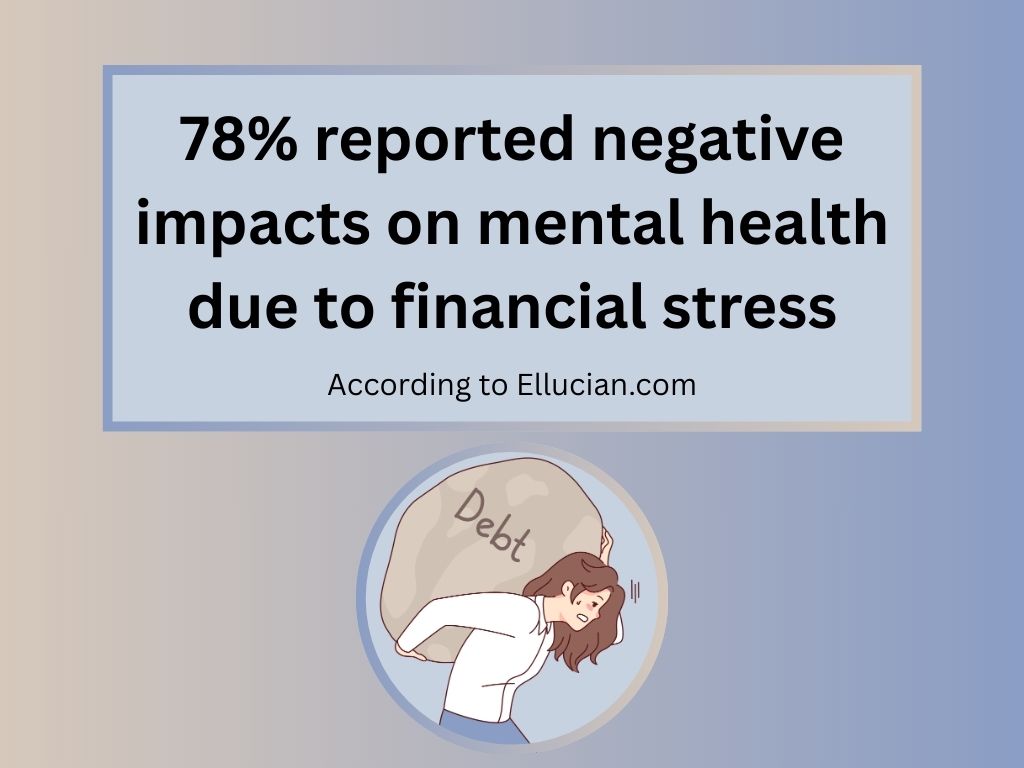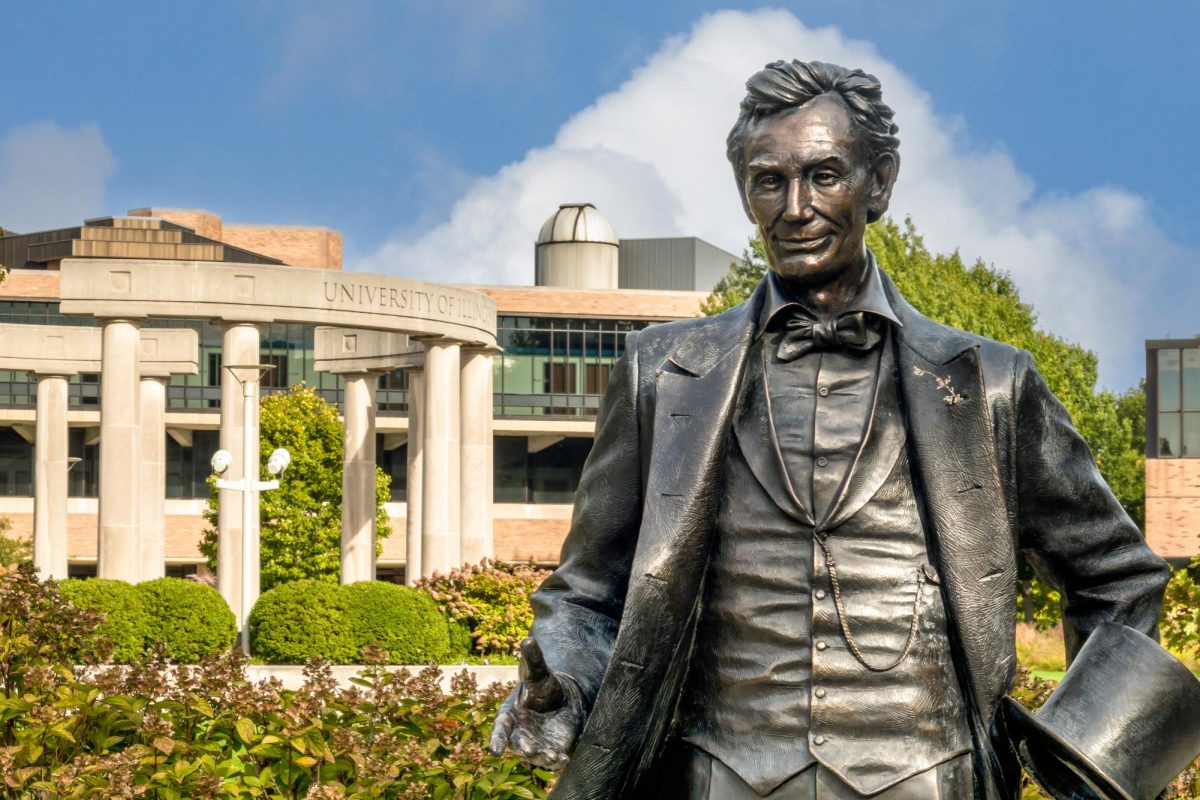Pulling punches
The year’s second superhero smackdown beats the first, but still lacks weight
May 4, 2016
As I wrote a couple of weeks ago, the (many) problems with “Dawn of Justice” stemmed from how much work the film had to do in setting up the entire DC cinematic universe.
All “Captain America: Civil War” had to do, on the other hand, was offer a fun and entertaining spectacle consistent with the now-established Marvel style.
In this, ultimately, it succeeds – although it’s certainly imperfect.
While there are elements of “Let’s take all of our superheroes and smash them against each other just because we can,” the film’s plot is original enough to keep things fresh, even if there’s little emotional weight to be found.
After a brief scene in which we’re shown how Bucky Barnes (Winter Soldier; played by Sebastian Stan) was brainwashed into becoming a Hydra assassin, the film jumps right into the present-day action, with several Avengers preventing the theft of a biological weapon in Lagos, Nigeria.
Unfortunately, while attempting to contain the explosion of a bomb vest, Wanda Maximoff (Scarlet Witch; Elizabeth Olsen) accidentally sets the bomb off in the upper floor of a building, killing several civilian relief workers.
In response to growing anti-superhuman sentiments, the United Nations introduces the Sokovia Accords, a piece of legislation meant to monitor superpowered individuals. Essentially, the act would render their future activities subject to government approval.
The Avengers disagree over whether to accept the limitations, with Tony Stark (Iron Man; Robert Downey, Jr.) in favor of signing and Steve Rogers (Captain America; Chris Evans) opposed.
Further complicating things is the fact that Bucky, Steve Rogers’ longtime friend, has upset a couple of Avengers as a result of crimes which he may or may not have committed, both past and present.
As one might guess from the title of the movie, (most of) the Avengers eventually choose sides and come to blows over the matter.
There’s plenty to like about “Civil War,” with the welcome break from the irritatingly similar plots of the first two “Avengers” movies chief among them.
Instead of a world domination-craving megavillain throwing around legions of easily defeatable ragdoll enemies for the heroes to smash to pieces, we get a devious, complicated, and decidedly non-superpowered man in Baron Zemo (Daniel Brühl) lurking around.
A man-behind-the-curtain type, Zemo is plenty sinister, and although the conclusion of his story feels anti-climactic, he’s an effective force in making sure the film can at least pretend to be a “Captain America” story instead of “Avengers: Civil War.”
Tugging hard in the other direction is the fact that almost every Avenger gets some screentime. While dumping this many characters into a single film is always a dangerous prospect, Marvel’s been here before and has learned how to effectively pull off this balancing act.
Certain characters – such as Steve Rogers, Tony Stark, and Bucky Barnes – are more heavily involved in the story, but the rest still seem like they have at least some purpose in the movie.
The exception here is the new (and young) Spider-Man (Tom Holland). While he’s undeniably entertaining and a character to look forward to, one can’t help but think this really isn’t his fight, and his being brought in felt like inviting your neighbor over to help you argue with your spouse – a course of action I could not recommend any less.
Even for the characters that do belong, it’s difficult to feel emotionally invested in what happens to them. Marvel’s only killed a single superhero on-screen up to this point (Quicksilver in “Age of Ultron”), and we’d known him for maybe 10 minutes.
While I won’t spoil what all happens to whom in “Civil War,” not much seems to be at stake when the Avengers finally throw down. They’re all friends, after all.
Further, while the Avenger-on-Avenger fighting action is definitely a thing that happens, it doesn’t happen nearly enough for a film bearing the name “Civil War.” Tony Stark and Steve Rogers punch it out a few times, but the rest of the crew are only involved in one big brawl at an airport, approximately one-third of which we saw in the trailers.
And on the nitpicky side, co-directing brothers Anthony and Joe Russo saw fit to use the same method of filming fight scenes as they used in “The Winter Soldier” (2014), with the disorienting shaky-cam.
I still cannot fathom why directors think this brand of capturing action makes viewers feel like they’re “a part of the movie,” as the only thing it makes me feel is nauseated – and frustrated at not being able to tell what’s happening in the fight.
Despite these flaws, though, “Captain America: Civil War” is enjoyable overall, a welcome step forward from previous Marvel entries like “Age of Ultron” and “The Winter Soldier,” both of which I found to be rather unremarkable, if not necessarily bad.
At least for the time being, then, Marvel holds onto its place as the dominating force in terms of cinematic superhero universes.
“Captain America: Civil War,” rated PG-13, hits theaters Friday, May 6.
Like my reviews? Have a disagreement? Give me a shout on Twitter at @MovieMuseSean.












